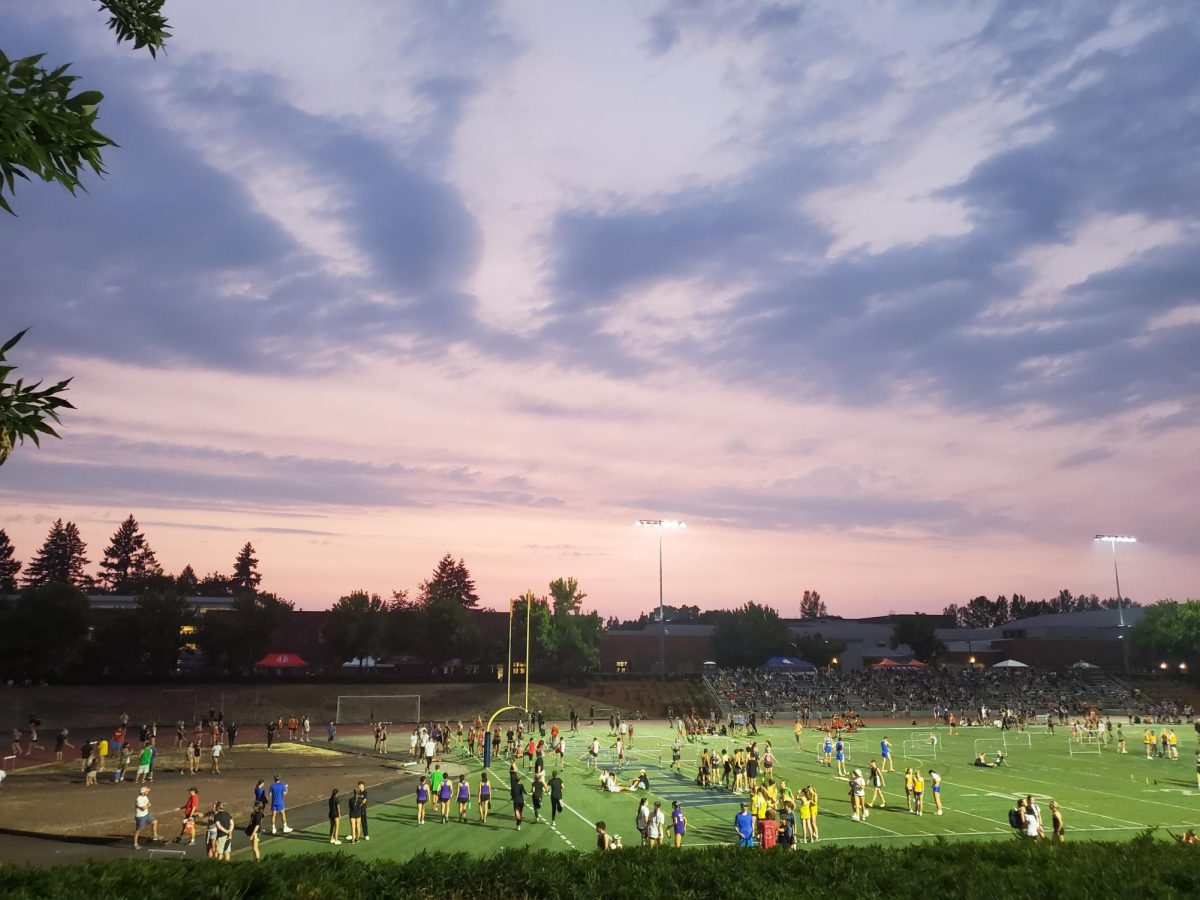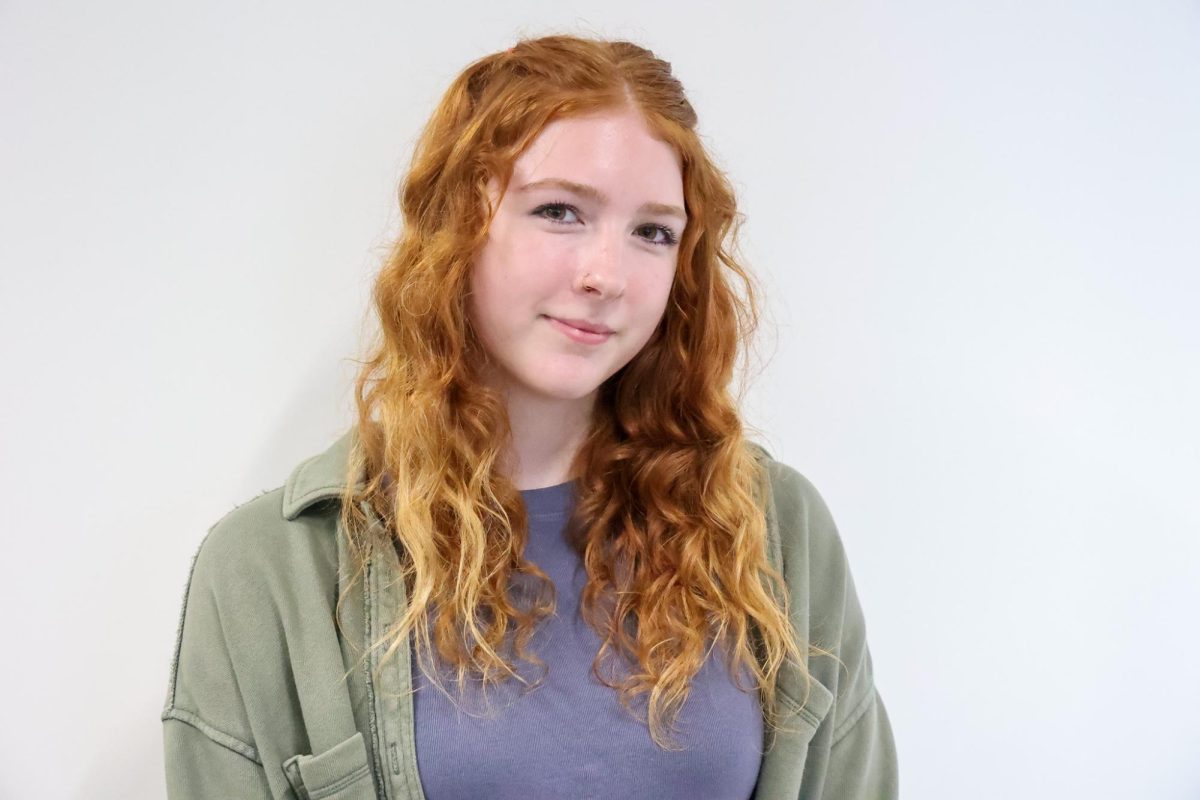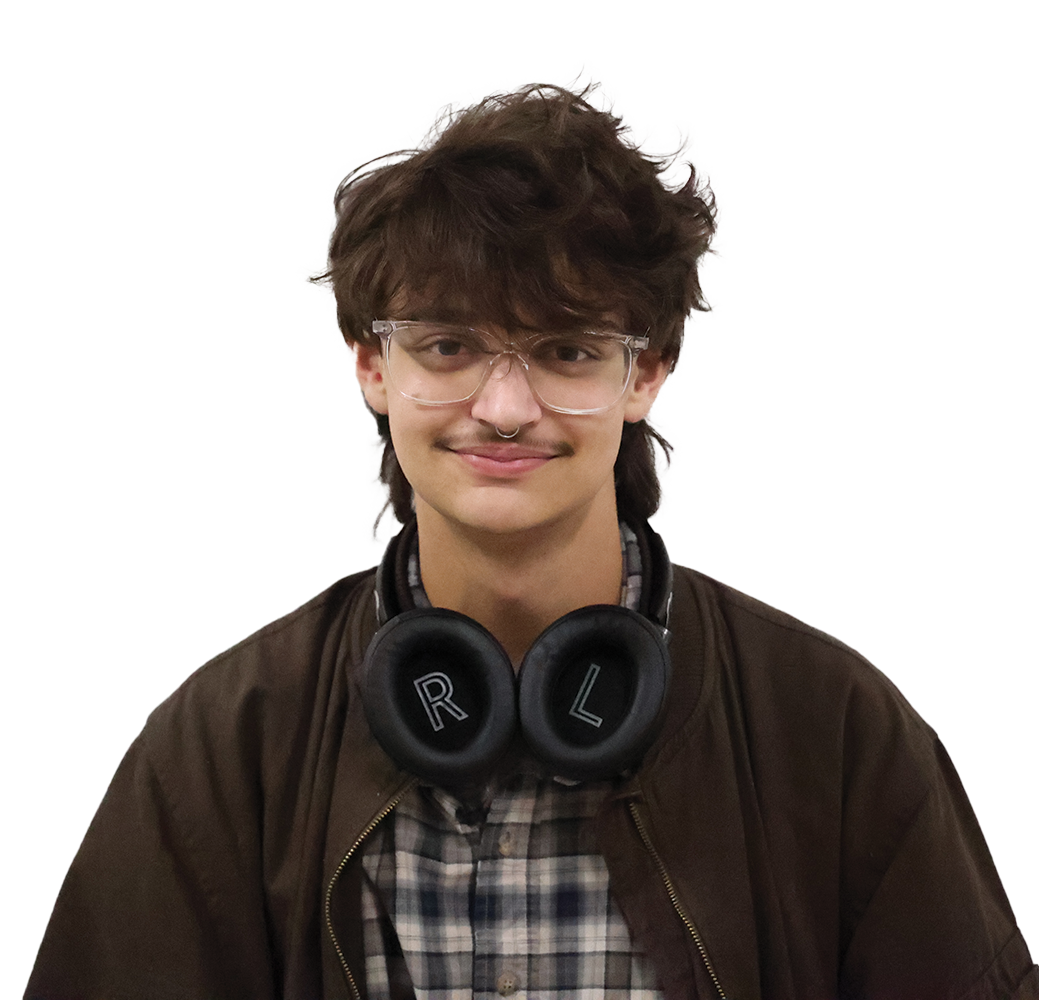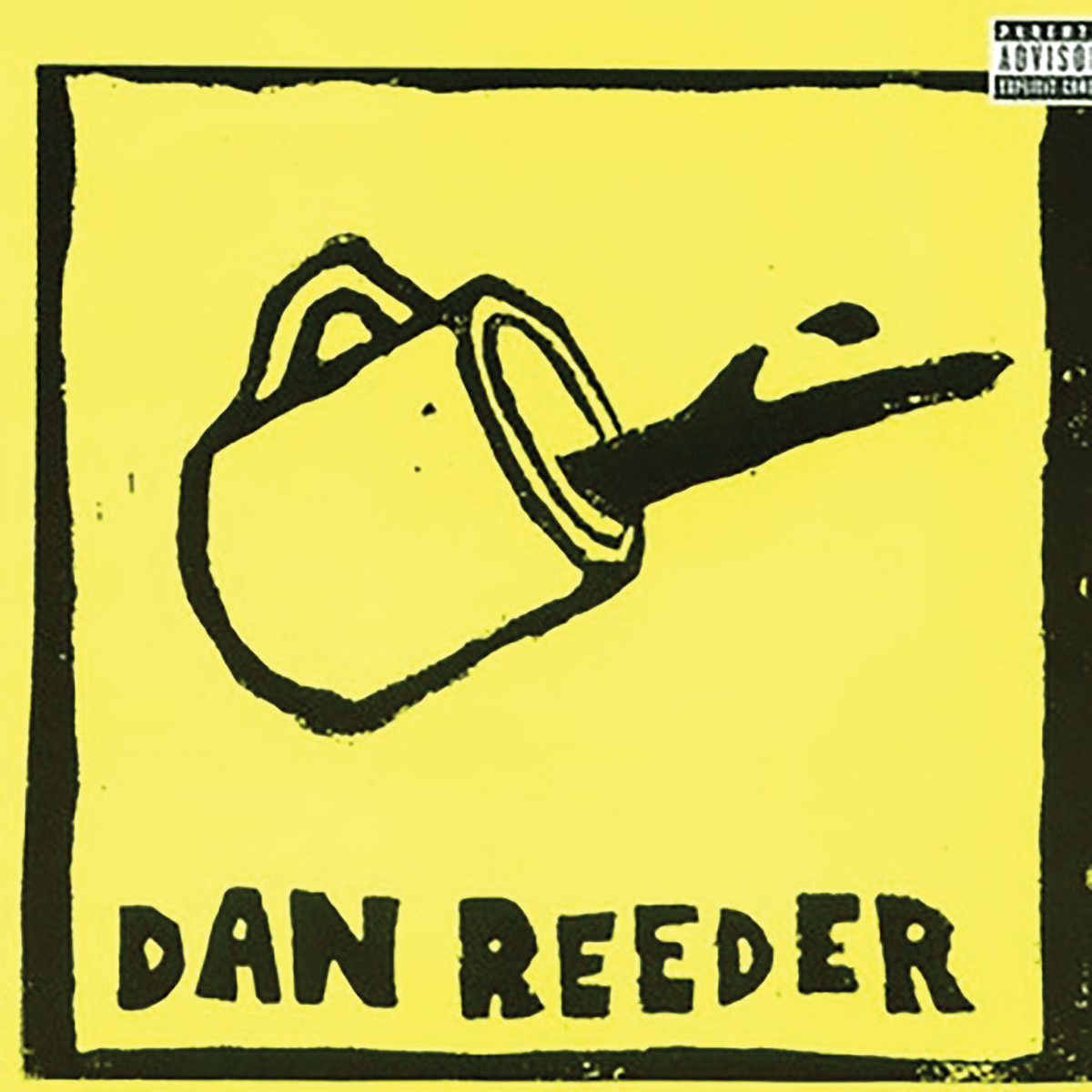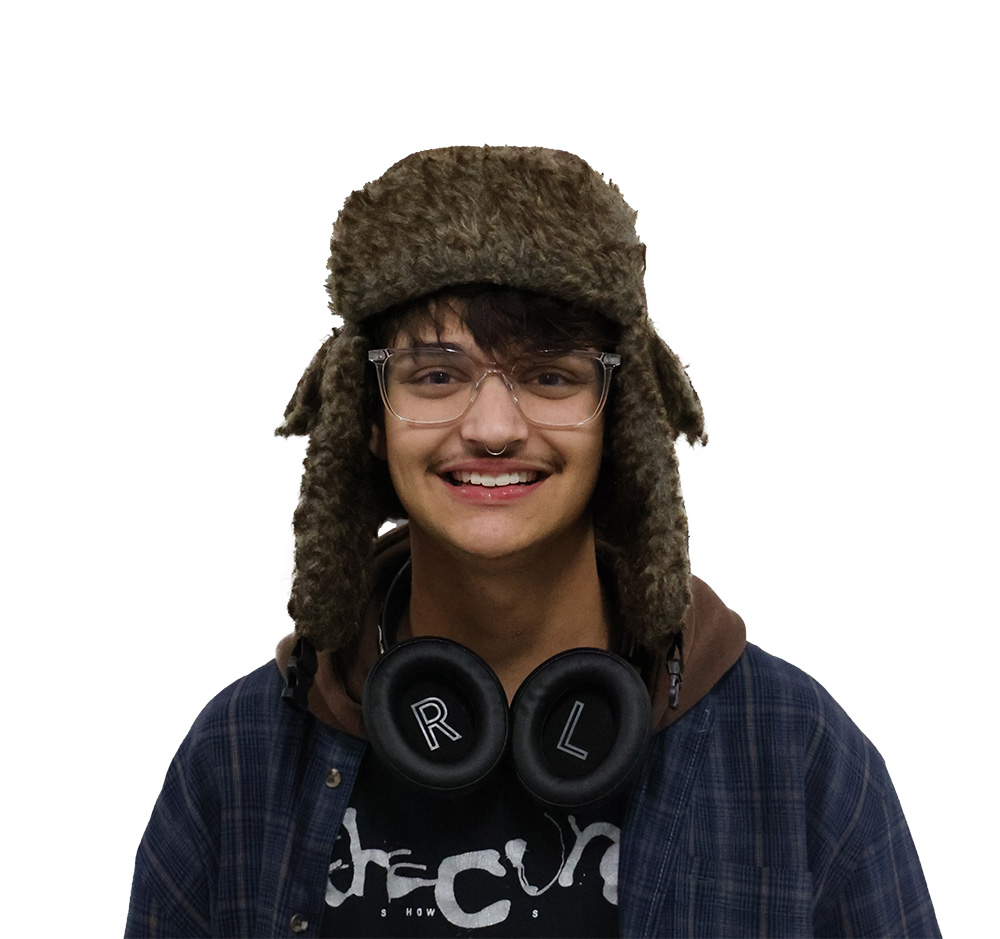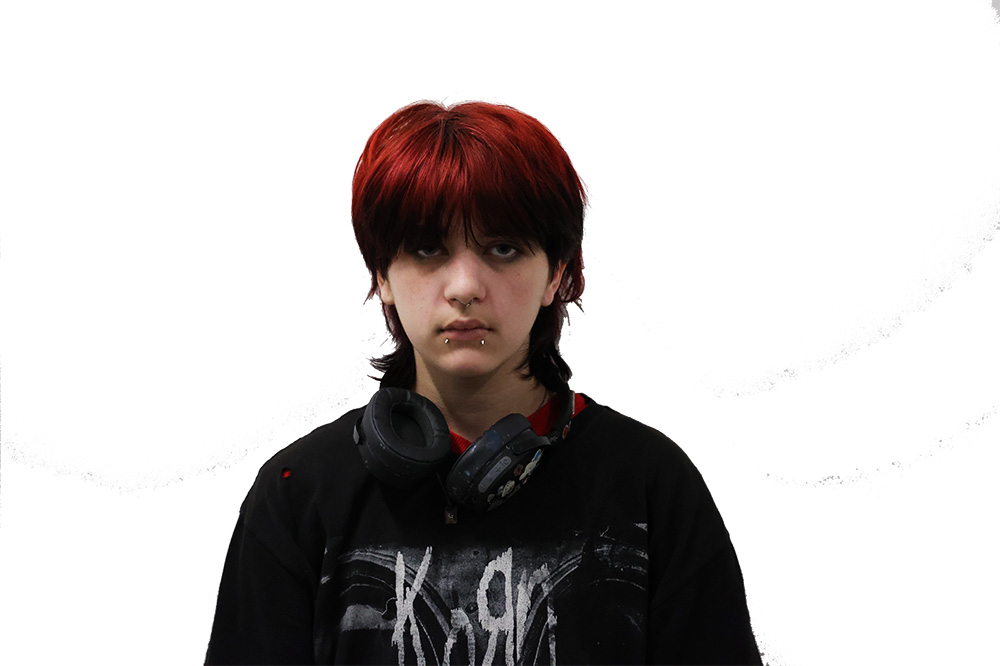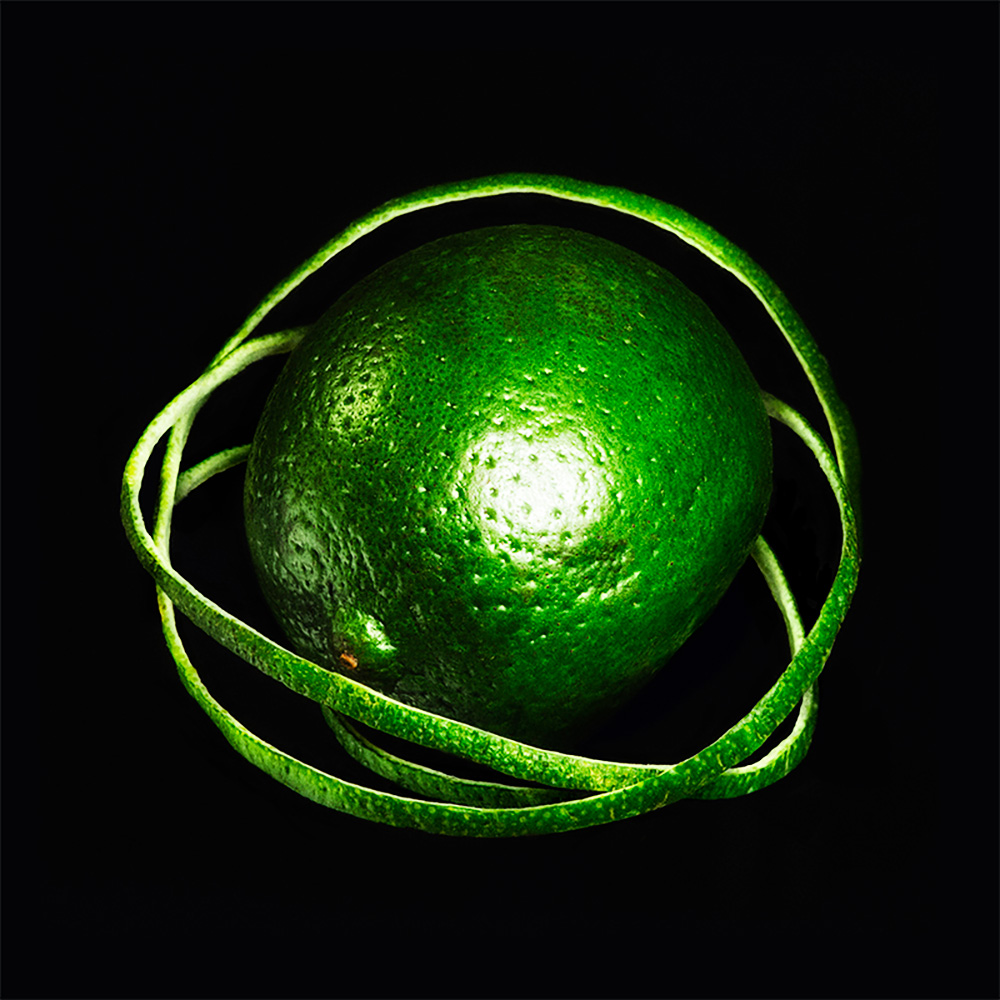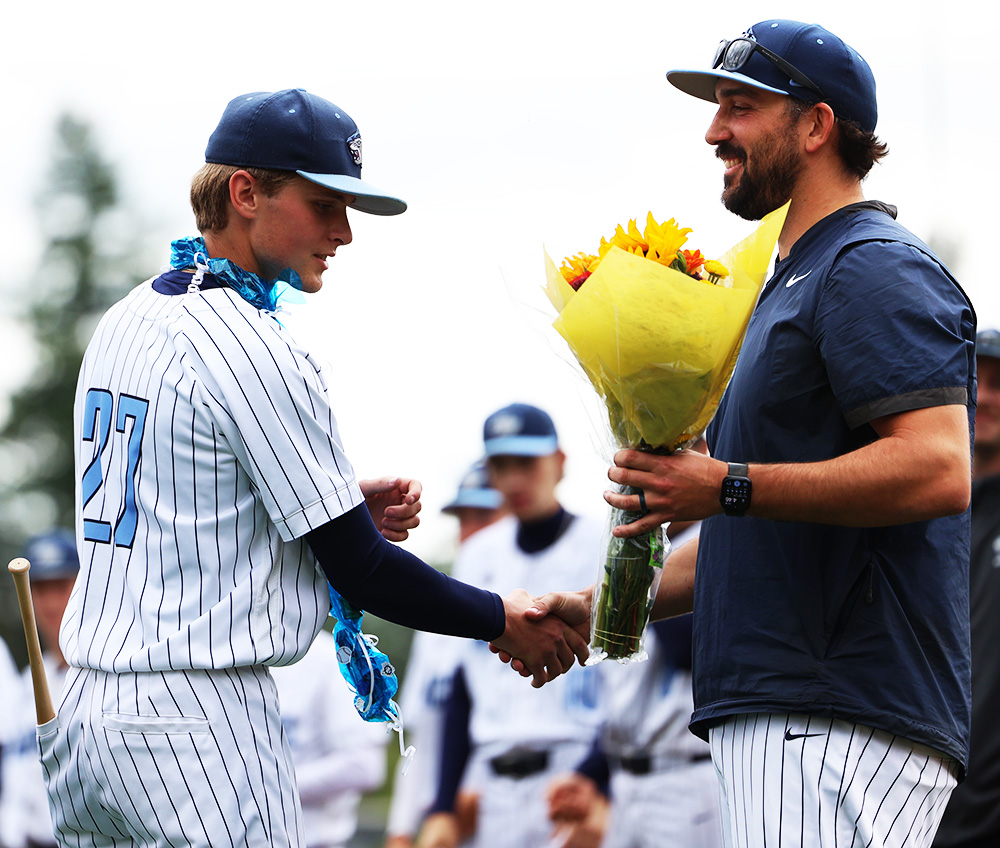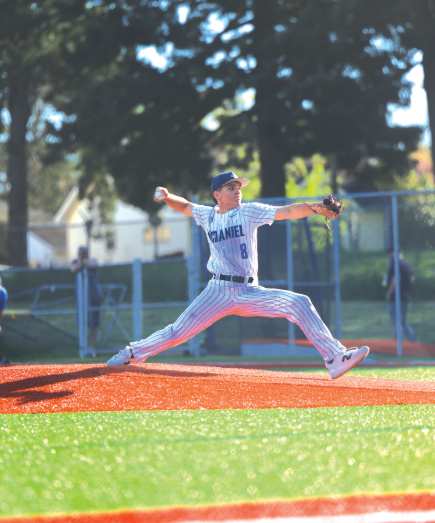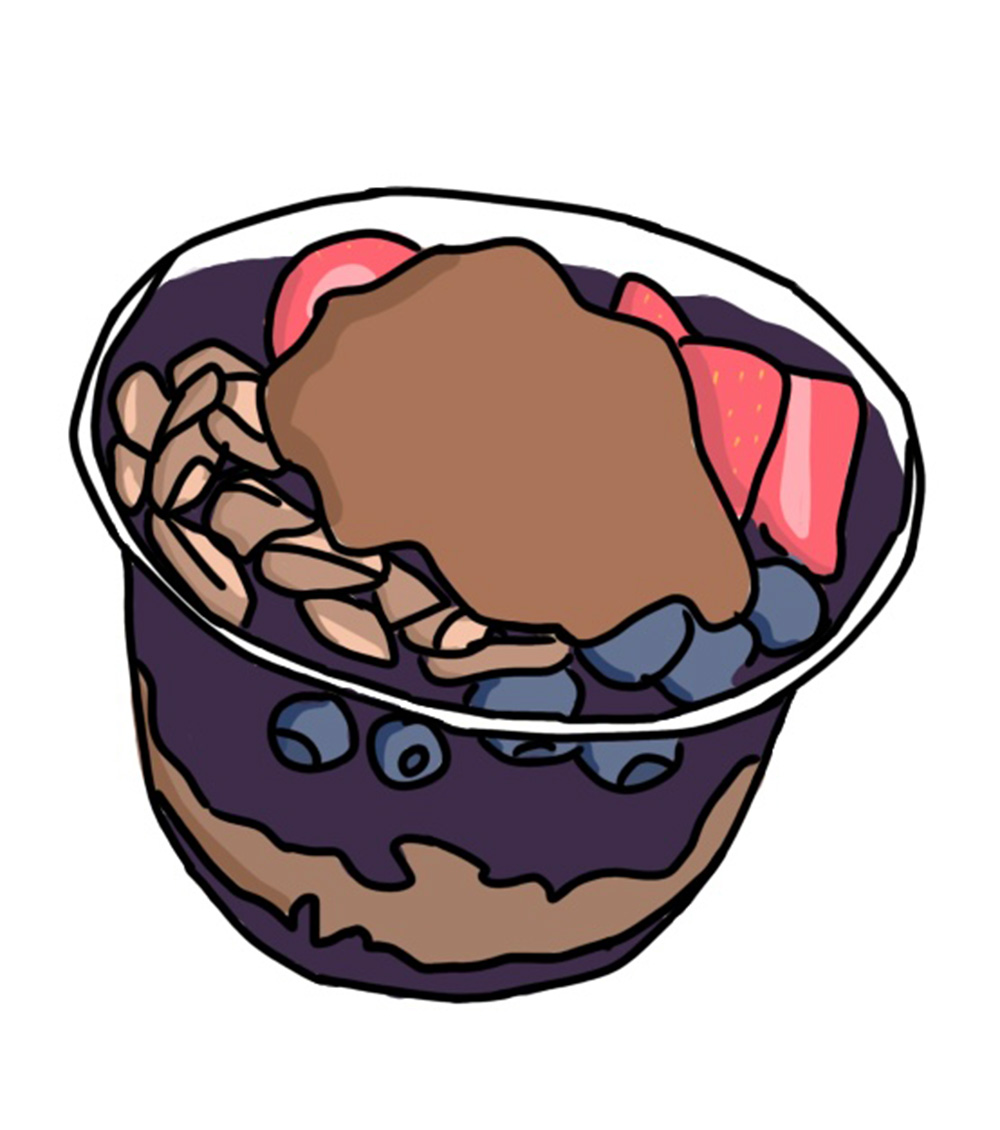Throughout the summer, I barely ran. I wanted to separate myself from running. I went to the track a few times to run a mile with my mom, but I was quite a bit slower than in the spring, as expected. In early July, I discovered the app Strava. I created a 5k route in my neighborhood and took my phone with me to track the run. This helped me to visualize what running cross country might be like. I ran on that route a few more times, and the motivation to want to improve each time almost single-handedly got me back into liking running again.
I decided I wanted to try running cross country in the fall. August 14 was the first day of practice. Neither of my friends from track had signed up for the season: one of them was doing soccer, the other taking a break from sports. There were still plenty of familiar faces and some new ones. There was one freshman I met who I started running my easy runs with instead of my absent buddies from last season. Over those hot weeks at the end of the summer, I worked really hard and was able to see in numbers my fitness improve through tracking runs on the neighborhood route. Although I didn’t track runs at school, I tracked a time trial 3k near home in preparation for Night Meet—the only opportunity to run the 3000-meter race in the high school cross country season. That was helpful for figuring out how to pace myself.
The meet came on a Friday night the week before the school year started. Night Meet, held at Wilsonville HS, was by far the largest running event I had ever run at, with over 2,000 students from 50 schools all over Oregon. The heats later at night were under the baseball and football field lights.
After a lot of delays, my race was up next. The heats were split up by grade instead of JV and varsity, but I was running in the novice category, as I wasn’t fast enough to run under 13 minutes. The race started with 150 people and two laps around the track. I crossed through the mile split—slightly over halfway—in eight minutes flat. I was still feeling energized, so I maintained speed while overtaking almost ten people in the second half of the race. I finished the race in 15:07, alongside one of my teammates. The football scoreboard displayed the live stopwatch while we sprinted the last 100 yards down the football field. I didn’t get to run completely in the dark, but it was still the most fun I’d had at a running meet.
Two weeks later, I was back again at the first 5,000m race of the season. This one was smaller than Night Meet but still large being an all-league meet with over 600 runners. In that race, I replicated the previous season by running a fast-ish time in the first main race of the year. I pushed myself hard and finished the four laps around Lents Park in 26:12. I threw up right at the end because I had eaten a single Cheerio an hour before the race. My battle scars proved that I had finally done my best in a race. Only once the rest of the season was I able to beat my PR.
In mid-September, I went camping and I got sick so I missed two meets. This put me behind in my training, and I felt more nervous than usual for my next meet at Westmoreland park, four weeks after the PIL meet. The course was unique to say the least, running along a concrete pond and having to jump over hay hurdles. I finished in 26:07, barely a PR. I felt I could’ve at least broken 26 minutes, but that was after the race when I didn’t feel as tired. That was my general thought process for almost every meet in both running seasons.
The next meet was a home meet at Rose City Golf Course, an invitational about the size of Night Meet that our school hosts alongside an athletic sponsor: this year, New Balance. It felt special to run on the course since our team helped set up the boundaries the evening before at practice. The race was more hilly than I was used to, but it was still a competitive race with fast finishes.
I ran in the JV race with almost 300 other runners. I ran most of the race fairly conservatively. With half a mile left, I started to feel a little sick, so I slowed down a little. I could’ve pushed through it and sped up, since it was the end of the race, but I didn’t want a repeat of the first 5k meet. With the finish line in sight, I noticed someone just ahead of me, and I sprinted hard down the final hill to beat him. I finished close to my PR time, and I felt the best I ever had during a cross country race thus far. I definitely could’ve run faster, no doubt, to PR in that meet, but I was still really happy.
The next meet, I was so ready to PR. The race was at Pier Park, which, looking at maps before, looked pretty flat. And it was, for the most part. But five minutes into the race, I approached some hills. They weren’t too bad, but after I thought the worst was done, there was one more huge hill. Those hills really wrecked me; the Rose City meet had nothing on Pier Park. Worse still, we had to repeat the big hill three total times. It was the first race that I had to walk for a bit. It was a struggle, yet I was able to finish in under 30 minutes. I wasn’t the only one who struggled; not a single one of the over 150 people at the meet PR’ed. That race taught me the importance of hill training and learning from disappointing performances.
Speaking of which, the season finale meet at Lents Park was just one week later, near the end of October. I could feel my fitness level sapping by the end of the season, just like during track. This particular meet started earlier, and varsity ran first, so I had plenty of time to wait around for my race. In my race, I got out fast, with the pace of my first kilometer setting me up for a finish time of around 24 minutes. But that was not to last.
After the first fast lap around the park, I felt like I could barely keep moving. It was a worse feeling than two months before at the last meet at Lents Park. I tried to speed up in the fourth and final lap, but it wasn’t enough to save my race. I finished in 27:36, 84 seconds slower than the first PIL meet.
As I went home in the rain that I had just missed, I reflected on the performance. I did think I was running faster than what I finished with. I thought it was just a point of pushing myself harder. Most of all though, I thought something was wrong with my body, something holding me back from getting faster, even making me slower as the training season progressed. I again wanted to separate myself from running.
My sophomore cross country season was marked with learning the ropes of running solo, pacing long races and improving despite struggle. Through this running season I realized how fun running can be without making it super competitive.


